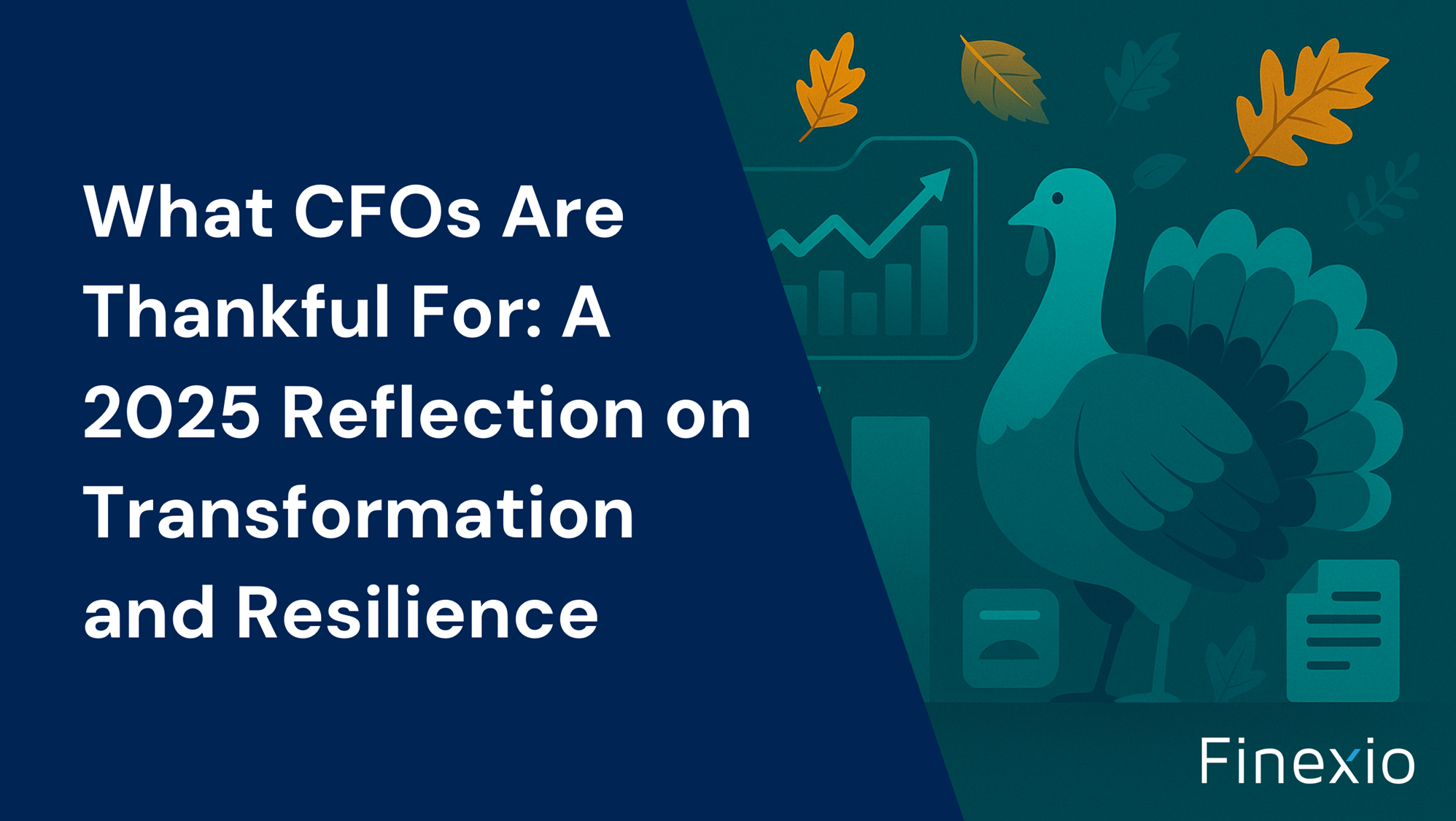Mitigate Payments Risk with Electronic Payments


Mitigate Payments Risk with Electronic Payments
Payments Fraud Rises to New Heights in 2017
As payments fraud continues to increase, treasury and finance executives are upping their game to ensure their organization isn’t exposed. While check and ACH payment — the least secure types of payment — are the most vulnerable to fraud, more companies than ever before are reporting fraud or attempted fraud.
78%: Percentage of organizations that experienced attempted or actual payments fraud in 2017 year
Most of the fraud reported originates from outside an organization, with stolen cards and checks and business email compromise scams as the chief culprits. However, heightened risks are also associated with account takeovers and third-party breaches, according to the Association of Financial Professionals.
While organizations are proactively taking steps to combat fraud; hackers, bad actors, and fraudsters are becoming more sophisticated. They don’t show signs of slowing down anytime soon.
Its good news that emerging electronic payment types like virtual cards are designed to solve many of the payment security risks organizations face.
B2B Fraud Hot Spots
While most payment types are subject to fraud, there are certain types of payments that attract fraud at a higher rate, including checks and ACH.
As we’ve written about before, checks are the most expensive and least secure of all B2B payment types. The Federal Reserve Board of Minneapolis published a report regarding payment fraud that includes six different ways that checks lend themselves to fraudulent activity.
These include:
- Counterfeit check
- Forged check drawer’s signature
- Forged endorsement
- Remotely created forged checks
- Duplicate presentment
74%: Percentage of organizations that experienced check fraud in 2017
Check fraud declined slightly in 2017 over 2016 but remains high. Wire fraud is skyrocketing due to business email compromise scams, in which organizations that work with companies that regularly perform wire transfers use social engineering or computer intrusion techniques to gain unauthorized fund transfers.
High Costs of Fraud
Fraud damages organizations in multiple ways. These include:
- Financial risks: While most organizations contain fraud at an early stage, any fraud loss is too much. AFP reports that 92 percent of their 2018 survey respondents note that payments fraud cost no more than a half percent of total revenue.
- Regulatory risks: Fraud can bring the attention of regulators, especially when it is part of an ongoing pattern or impacts consumers. Regulators can impose fines and sanctions, conduct investigations, and institute legal action.
- Reputational risks: Business partners and consumers are becoming less tolerant of fraud and public mistakes.
Payments fraud distracts payments and financial executives from value-added activities that further organizations goals and objectives. By optimizing payments using innovative fintech offerings, organizations can cut down on fraud and allow managers and employees to maintain a focus on key business activities.
5 Electronic Payments Strategies
Electronic payments that can increase security while cutting costs, increasing revenue, and providing flexibility for companies and their suppliers offer major advantages.
However, not every type of electronic payment offers meaningful security upgrades. ACH and wire transfers, for example, are electronic payment types that experience a significant amount of fraud. Virtual cards are very secure, require both parties to be KYC compliant and underwritten by their banks, have transaction amount and geolocation locks to prevent unauthorized use, and can be set with appropriate customer expiration dates
To improve security, consider electronic payments that provide these benefits:
- Robust audit trail: Knowing who, where, and when someone logged into a system, is key in overall payments system security.
- Confidential bank information: Payments firms that use card networks can keep your organization’s banking information confidential, reducing fraud.
- Predetermined transaction amount: Fraudsters can’t inflate a payment amount when the specific transaction amount is encoded into a payments system.
- Authorized payees: Payments vendors that will only make a payment to a pre-authorized payee means that a payment can’t be intercepted or directed to someone else.
- Straight through processing: By sending a payment in as direct a path as possible, the opportunity for fraud declines.
Partnering with a robust fintech innovator offers the opportunity to increase payments security, strengthen visibility and control, cut costs, create a new source of revenue, streamline efficiencies, and improve supplier relationships. Building a long-term relationship with an intelligent electronic payment network that supports supplier payments is an investment in your business that allows your payments and finance professionals to focus on value-added activities that align with overall organizational goals.
If you’d like to learn more, please contact us
i “2018 AFP Payments Fraud and Control Survey Report,” Association of Financial Professionals, 2018
ii “Payments Fraud Liability Matrix,” Federal Reserve Bank of Minneapolis, April 2018
iii “2018 AFP Payments Fraud and Control Survey Report,” Association of Financial Professionals, 2018
Get the free Newsletter
Get the latest information on all things related to B2B and electronic payments delivered straight to your inbox.




